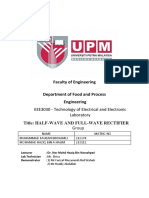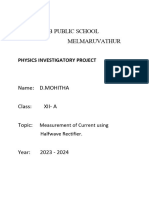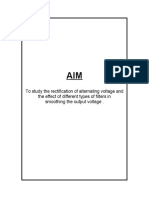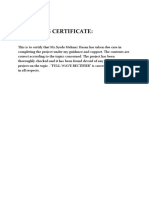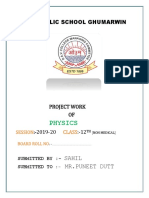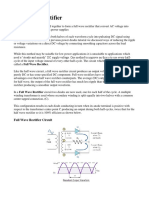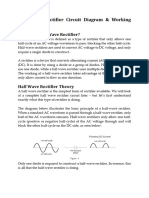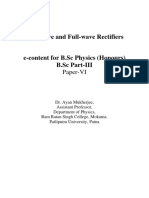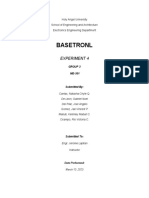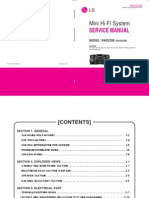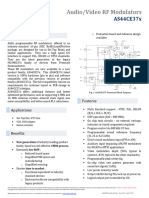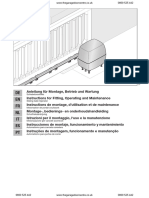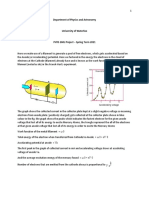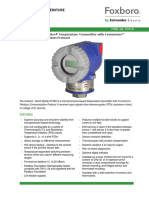0% found this document useful (0 votes)
57 views23 pagesPhy Project Sample
Uploaded by
Ashwin 10CCopyright
© © All Rights Reserved
We take content rights seriously. If you suspect this is your content, claim it here.
Available Formats
Download as PDF, TXT or read online on Scribd
0% found this document useful (0 votes)
57 views23 pagesPhy Project Sample
Uploaded by
Ashwin 10CCopyright
© © All Rights Reserved
We take content rights seriously. If you suspect this is your content, claim it here.
Available Formats
Download as PDF, TXT or read online on Scribd
/ 23





